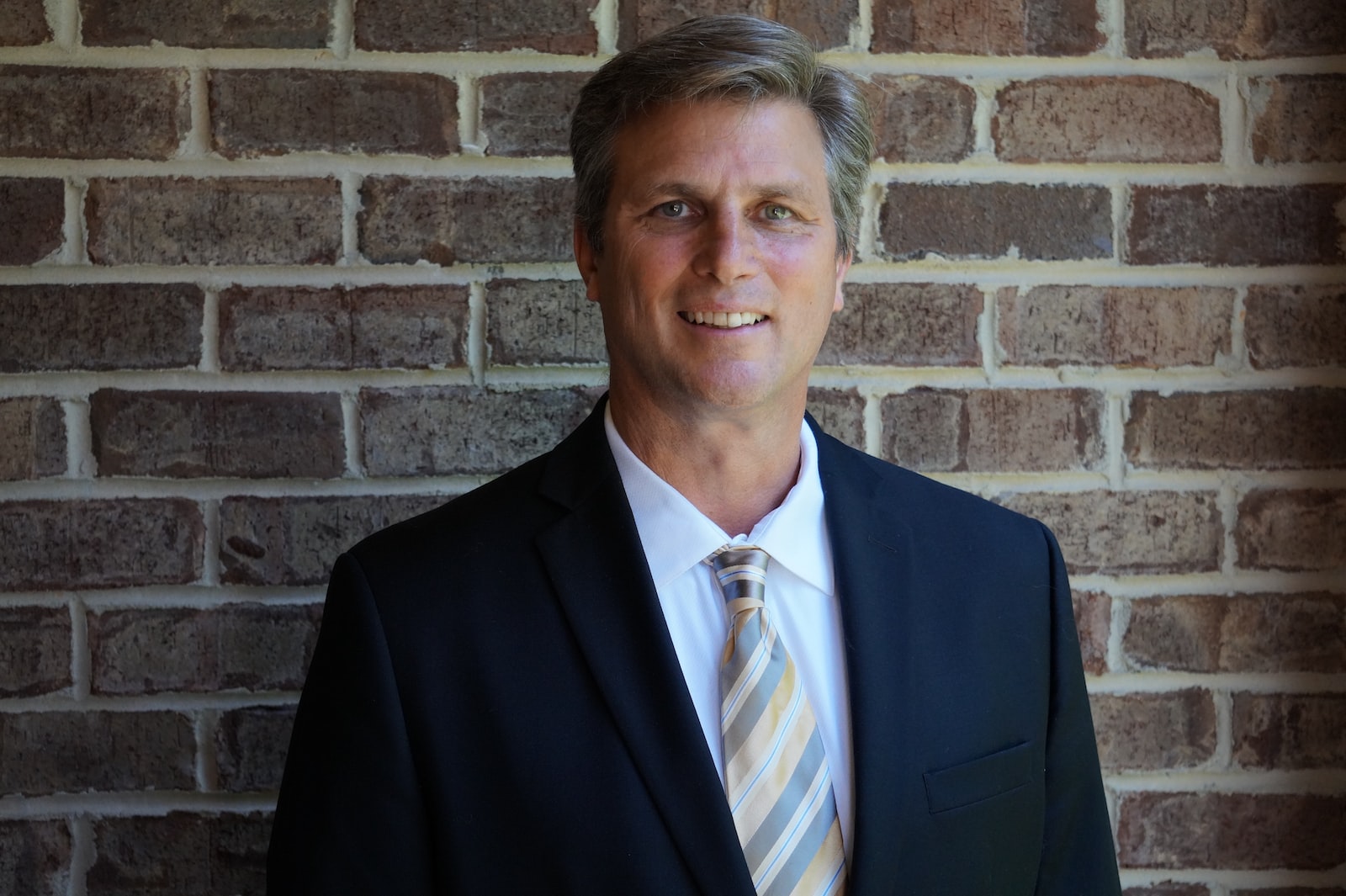By Richard Godfrey, CEO & Co-founder Avec-me
Writing in the Wall Street Journal (WSJ) Nina Molina tells the story of James Arkoulis’ grandmother’s house. Her home on the island of Serifos in Greece which had been the center of family gatherings and memories for over a decade had fallen into disrepair, after her death. Molina describes him as “the interior design pro in the family” which led to him taking the lead in restoring a home that had gone from shabby chic to a shower with unintended body jets caused by burst pluming blasting through cracks in the shower tile.
Arkoulis describes how, when his grandmother was alive, moving something from the place she assigned it – be it a chair in the corner or a plate on the shelf – was met with her immediately putting it back in the place she’d chosen. Wanting to honor the home she’d created but bring some new life to the house became his challenge – how could he “co-create” with his grandmother, how could he “collaborate” with her literal sense of time and place and bring in some elements that would not only repair the house but making it inviting for a new generation?
In the kitchen, for example, everything remained basically untouched except for a new backsplash and a bright green plate rack – fresh and modern meet traditional and generational.
Molina writes, “The designer’s young nephews now visit from England and sleep in the same twin bedroom he (Arkoulis) and his sister once used, but with a little facelift.
Connecting Organizational Generations
If we think of our organization like a house that has been built and lived in by generations its not hard to see how earlier “generations” want the principles, policies, products, services and, most importantly, relationships to be preserved intact. On the other hand, new generations like the English nephews in the story, want the “home” to reflect something of their taste, their time and their priorities.
For a leader the challenge of a connected organization is very much like renovating grandma’s house. Sensitivity to and engagement of those who will occupy it now and in the future is critical. But, it is also important to avoid the temptation in the name of “disruption” or “progress” to throw out the proverbial “baby with the bathwater”.
I was convinced, during the global pandemic, that online learning would completely eclipse and replace face to face, on-site learning. I was wrong. There are times and places for both. And, having spent so much time isolated and distanced from each other there seems a resurgent desire to spend at least some time together, in the office, factory or business, face to face and person to person.
Perhaps, post pandemic we can think of our organizations like grandma’s house – familiar and important but needing a bit of sprucing up. Maybe we look at our meeting policy like the chair in the corner. Do we need that meeting there, at that time, that often or could it be moved to another place or even “put in storage” for awhile? We moved a lot of organizational furniture around to accommodate Covid, maybe its time to revisit our organizational “interior design” and ask what should stay and what should go.
But, remember that those kinds of generationally impacting decisions work best when we reach out to all the stakeholders and find that shared agreement we call “the with space” – some common ground on how to make our organizational house better for generations to come.
Be That Leader
Organizations have generations. Even start ups have founders and first hires. Each generation wants to help “furnish” and “decorate” the organizational house so that it works now and in the future, so that it honors the past and pivots to the future.
Look at your organizational “house” and engage your team in deciding what, if anything needs to change, to move, to go into storage or to be brought new to the interior design of your organization.
Generational connection is a fundamental part of our book on connections Called Connection Cures Contention. Learn how there are five areas in every organization where generational differences either aid connection and empower productivity or cause disconnection and contention.
You can find our book, Connection Cures Contention online at Amazon. Please join us for conversations about engaging generations effectively and other connection based topics at www.avec-me.com.


